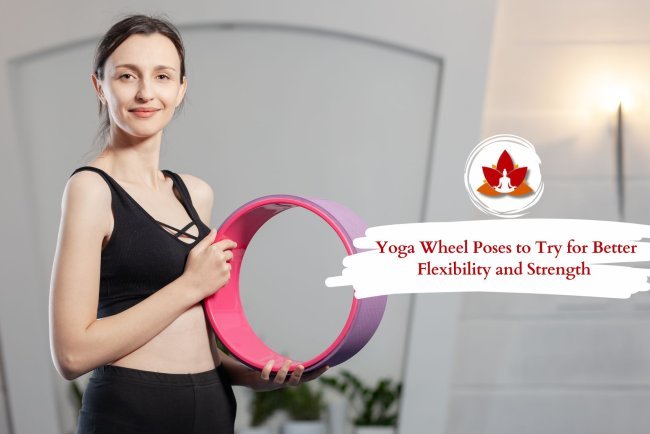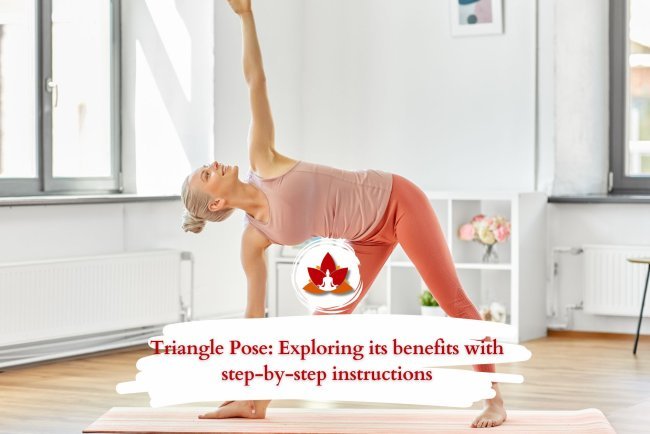Safe Squatting Techniques for Late Pregnancy and Labour: Complete Guide

Squatting throughout pregnancy and labour has been an acknowledged valuable practice to help during the birthing process. A squat opens the pelvis with more space for the baby as it matures and prepares for delivery. Squats strengthen important muscles, maintain flexibility, and even mentally prepare a woman to cope with the contractions. On the other hand, knowledge about safely squatting during the final months of a woman's pregnancy in order to protect the mother and baby is equally important.
Safety Precautions in the Third Trimester
Deep Squats: When to Avoid Deep squats
Deep squats are generally avoided during the third trimester of pregnancy unless the pregnant woman has a long-established habit and is confident that her baby is in the ideal position (Occiput Anterior) and is descended into the pelvis. For babies in positions such as Occiput Posterior or Breech, deep squats may unintentionally encourage engagement before the baby has rotated to the ideal position for birth. Once the baby's head is engaged in the pelvis, rotation becomes more difficult, potentially complicating the labour process.
When in Doubt, Opt for Modified Squats
Modified squats are safer during the last six weeks of pregnancy or when the baby's position is unknown. Other similar versions include sitting on a block, half squats similar to Goddess Pose, and using Chair Pose against a wall. These versions open the pelvis and strengthen muscles without having to perform a full squat.
Safe Squatting Versions in Late Pregnancy
Here are some safe squat modifications during late pregnancy:
-
Chair Pose Against a Wall– Supports the back and reduces strain in the knees while keeping the pelvis open.
-
Squatting on a Block- Sitting on a yoga block while squatting provides stability, and it's gentler on the entire stretch.
-
Goddess Pose (Horse Pose)- One of the wide-legged squats with the toes outward to help you open the pelvis in a way that doesn't delve into deep compression.
These stretches allow pregnant women to benefit from squatting, especially in the last weeks of pregnancy, in a safe way.
When to Avoid Squatting During Pregnancy
Squatting is not for everyone, especially if there are some medical conditions or complications. The following are not considered safe for squatting:
-
Breech baby position after 34 weeks
-
Incompetent cervix or cervical stitch
-
Premature dilation of the cervix
-
Preterm labour
-
Separated symphysis pubis
-
Knee problems
-
Hemorrhoids or vulvar varicosities
-
Severe varicose veins
-
Placenta previa
-
Discomfort at any time, especially toward the end of term
If any of these conditions are present, it's important to modify or avoid squatting to avoid discomfort or complications.
Safe Squatting During Labour: Listen to Your Body
During labour, the most important advice is to listen to your body's intuition and allow it to guide your movements. Squatting is an extremely useful position, especially in the initial stages of labour. This is because it allows the pelvic inlet to be opened wide enough for the baby to move down. It sometimes proves useful in the second stage of labour when bringing the knees closer and turning the heels outward tends to open the pelvic outlet and ease the passage through the birth canal.
Advantages of Squatting during Early Labour
Squatting in the early stages of labour can make contractions stronger due to the baby's head pressing down, hence exerting soft pressure on the cervix. It could lead to cervix dilation and hence shorten the early labour period.
Supported Squats for Labour Comfort and Energy Conservation
Labour can be intense, and therefore, supported squats are often the best way to save energy and avoid exhaustion. Some of the ways in which one can support squats during labour include;
-
Sitting against a wall or on a bed – Provides back support and allows rest during contractions.
-
Using a yoga block or squatting stool – Reduces the intensity and helps maintain balance.
-
Hanging Squats – The birthing person can make use of a rebozo to hang while squatting this helps with both support and stabilization. It can also be done with a partner by sitting on their lap for emotional and physical support.
Final Thoughts on Safe Squatting During Pregnancy and Labour
Squatting can be a powerful position to optimize gravity and facilitate the baby's descent; however, this must be practiced mindfully. In many ways, modified squats offer many of the same benefits of deep squats but without some of the risks associated with it-especially in those last few weeks of pregnancy. While laboring, squatting can help with contractions, ease discomfort, and help the birthing person's intuition.
You can also sign up for the Postnatal Yoga Teacher Training Course, which has comprehensive teaching on prenatal and postnatal anatomy, pelvic floor health, and more holistic safe practices for prenatal students and new mothers.
What's Your Reaction?


























